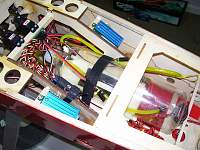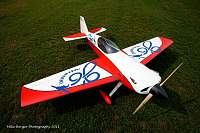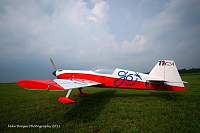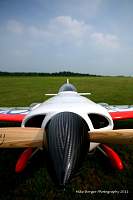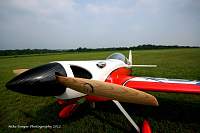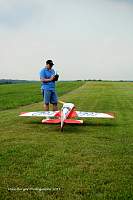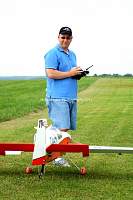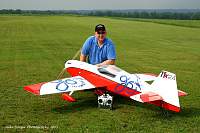Comments (12)
Add Comment
-
Views: 807
-
Views: 881
-
Views: 1257
-
Views: 803
-
Views: 827
-
Views: 779
-
Views: 782
-
Views: 763
-
Views: 833
-
Views: 784
-
Views: 754
-
Views: 762
-
Views: 758
-
Views: 747
-
Views: 743
-
Views: 750
-
Views: 754
-
Views: 770
-
Views: 748
-
Views: 774
-
Views: 802
-
Views: 761
-
Views: 754
-
Views: 754
-
Views: 747
-
Views: 828
-
Views: 732
-
Views: 740
-
Views: 681
-
Views: 749
-
Views: 729
-
Views: 730
-
Views: 698
-
Views: 699
-
Views: 781
-
Views: 776
-
Views: 713
-
Views: 737
-
Views: 733
-
Views: 741
-
Views: 744
-
Views: 735
-
Views: 745
-
Views: 753
-
Views: 737
-
Views: 780
-
Views: 752
-
Views: 768
-
Views: 730
-
Views: 804
-
Views: 731
-
Views: 728
-
Views: 731
-
Views: 737
-
Views: 739
-
Views: 749
-
Views: 707
-
Views: 749
-
Views: 719
-
Views: 728
-
Views: 805
-
Views: 736
-
Views: 803
-
Views: 794
-
Views: 774
-
Views: 758
-
Views: 772
-
Views: 784
-
Views: 745
-
Views: 730




